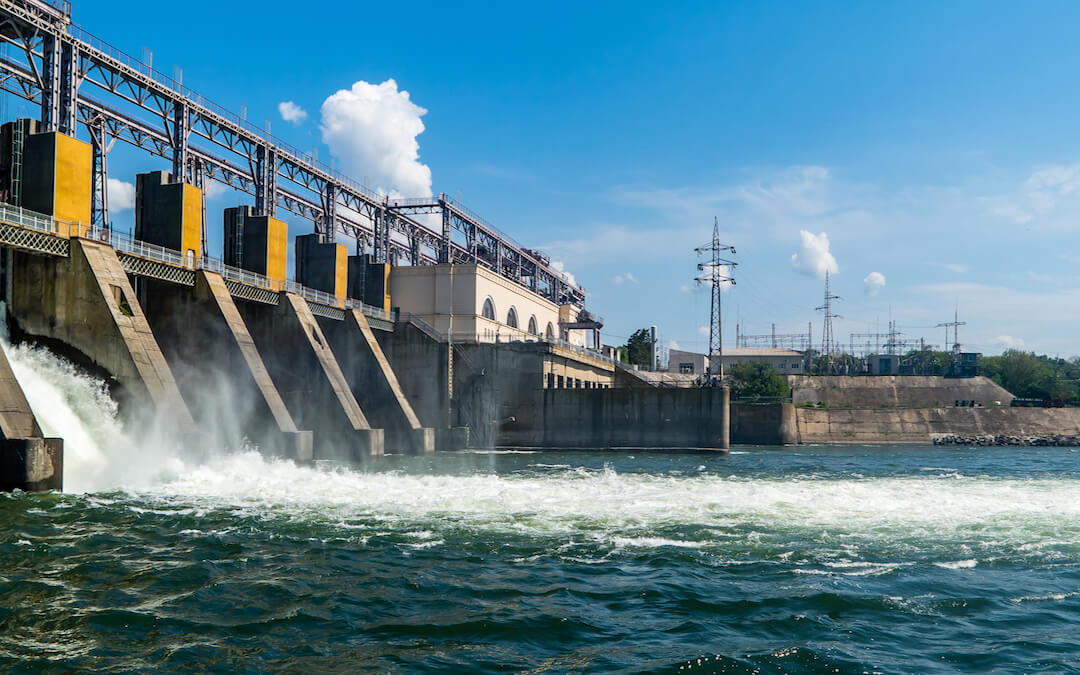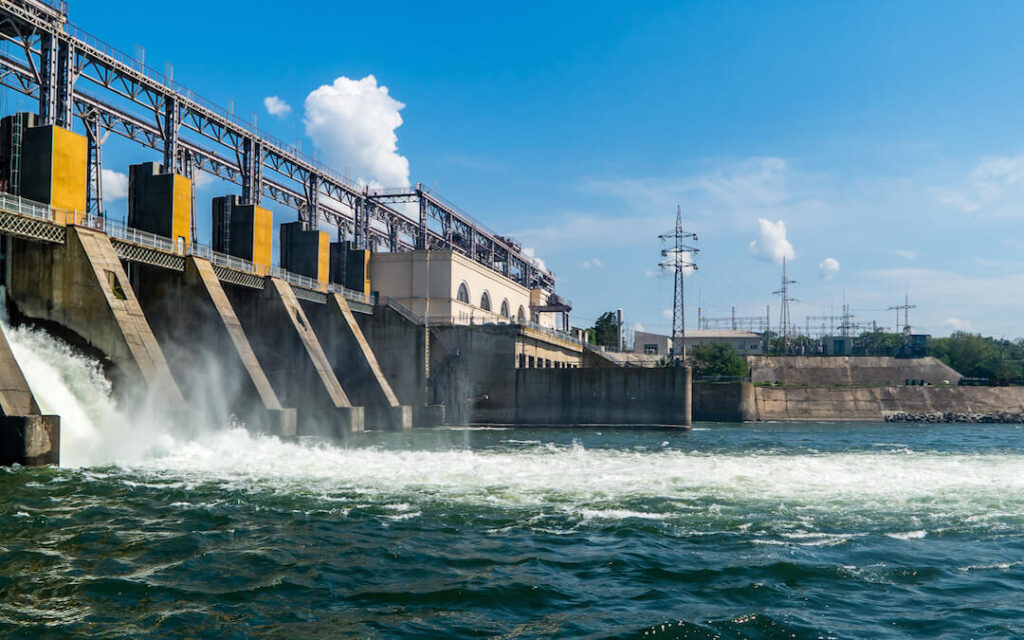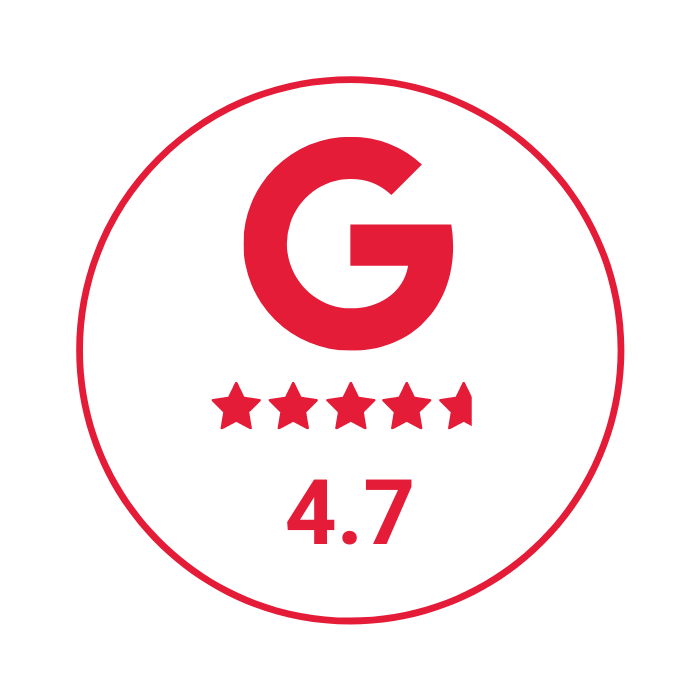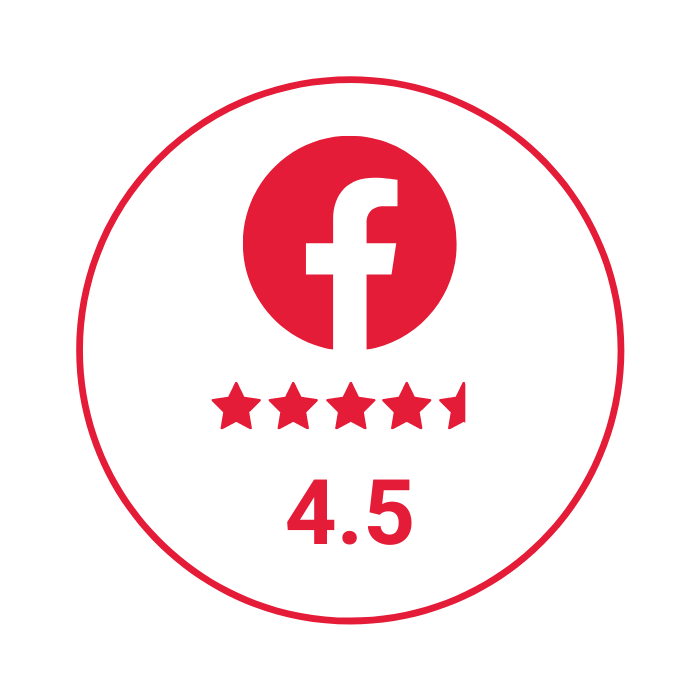Water is a raindrop on your windshield or a trickle leaking through your kitchen faucet. But water is also the roaring waves that crash onto shore and the rushing current that sweeps away houses in a flood. There is tremendous potential energy that’s contained in water. When this energy is harnessed, it powers countless homes and businesses. With the majority of the planet covered in water, hydroelectricity is a promising renewable energy source. Understanding how tiny raindrops provide environmentally friendly electricity for millions of people starts with the realization that water never sits still.
Water is constantly on the move. Whether it’s flowing through rivers or evaporating and precipitating through the water cycle, water is always involved in a fluid system that contributes to hydroelectricity. This process makes hydropower a renewable resource that provides clean energy to millions of people across the United States and around the world.
Hydroelectricity benefits
Hydropower costs less than other sources of electricity. Power generated from water does not rely on fuel. Fuel prices are unstable, affecting the price of electricity from other sources. States that use more hydroelectricity have noticeably lower energy bills. With the ability to convert around 90 percent of available electricity into usable power, hydropower is highly efficient. Hydropower efforts also have benefits beyond the electricity industry. Dams can help manage irrigation, regulate water supply and control flooding.
Hydroelectricity output can easily be adjusted to match demand. Think of the fluctuation in power usage on a hot summer afternoon compared to a crisp fall evening. Pumped storage is a way to keep water held in reserve. When demand is low, water that has already flowed through the turbines is pumped back through the system. This makes it possible to access more water when the demand for electricity is high.
How dams work
Dams are the most common way hydroelectric power is generated. The Hoover Dam is the most prominent example of a hydroelectricity plant, but not all dams are massive landmarks. Dams are built in many sizes. They produce electricity for a small population or for millions of people. The amount of electricity dams can produce depends on how far the water falls and how much water is flowing in the river that supplies water to the dam.
Hydroelectric power is generated when energy from flowing water is captured. The water’s kinetic energy is converted into usable electricity with generators and turbines. The dam blocks water, holding it at a higher level in a reservoir. When the water falls through the dam, it has enough force to move a water turbine, which is connected to a generator. When the turbines spin, the generator spins. Generators convert this motion into electricity.
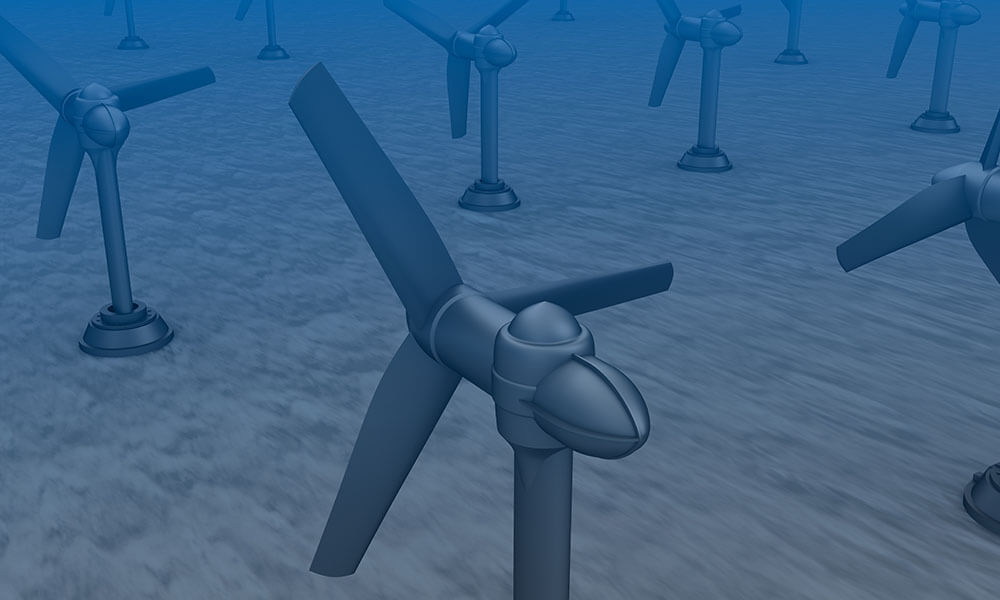
Energy from waves and tidal currents
Offshore hydropower is an expanding hydropower technology. Power from waves and tidal currents is harnessed to generate electricity from the ocean water. Energy from tidal currents is caused by the difference between high and low tides. This method is still being developed, but the goal is to capture water inside a basin and use it to power turbines. Waves hold a tremendous amount of potential energy. Scientists hope to capitalize on wave energy as a hydroelectricity resource. Technology to capture energy from waves is being tested both near the shore and far into the ocean.
Water from earth’s oceans, lakes and rivers is harnessed to produce electricity in our homes and businesses. This environmentally friendly power source contains tremendous potential energy that begins with a single drop of water. Hydroelectric power is a renewable resource that has proven effective over the years and continues to show potential for new growth. The raindrops falling against your window might not seem very powerful, but they’re part of the water cycle that flows through hydropower plants to provide millions of people with renewable energy.

